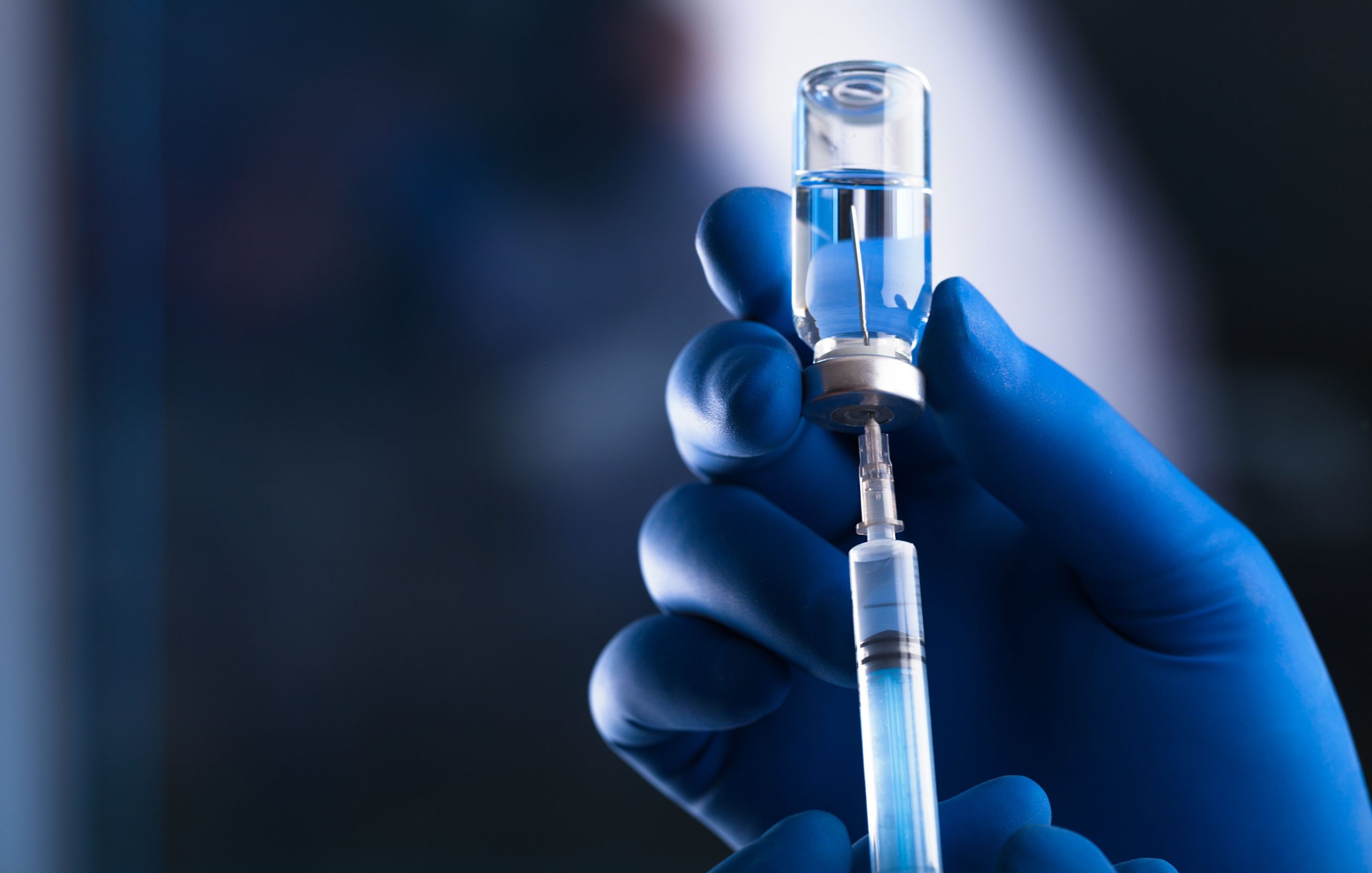Congenital disorders
New Measles and Rubella Vaccine Found to be Safe and Effective
A study from India found that Mebella is well tolerated in healthy people between 9 months to 49 years old, and works as well as MR-VAC.1 While measles and rubella usually resolve on their own for most people, there can be severe complications for these vaccine-preventable diseases.
Measles is a leader in child mortality across the globe, and can cause complications such as encephalitis, diarrhea, ear infections, croup, and pneumonia. Rubella can cause Congenital Rubella Syndrome in pregnant individuals and pneumonia. Both diseases spread through the air from droplet aerosol emissions of infected people. Prevention is key as there are no anti-virals for these diseases, and treatment is based on supportive care.
The World Health Organization’s Measles and Rubella Strategic Framework 2021-2030 seeks to globally eliminate these diseases. “To be a part of this journey, Human Biologicals Institute has developed Mebella vaccine, which is a lyophilized Measles and Rubella (Live) vaccine,” the authors wrote.
Researchers conducted a randomized, single-blind, comparative, multicenter Phase 2/3 trial comparing the safety and immunogenicity of the MR-VAC vaccine with the new Mebella vaccine in healthy people. The study enrolled 888 participants across 5 health centers in India and divided them into 4 age groups, with 222 participants per group: 9 months to under 12 months of age, 12 months to 24 months, 2 years to under 18 years, and 18-49 years.
Researchers did not collect data on prior vaccination history for measles or rubella, or a history of diseases. Participants were randomized to receive 1 dose of Mebella or 1 dose of MR-VAC. A total of 875 participants completed the study.
After 42 days, researchers examined immunogenicity and safety. They found that both vaccines significantly increased seroprotection against measles and rubella. Rates of protection between vaccines were comparable.
In the initial screening at visit 1, seroprotection rates for the measles component were 64.95% for Mebella and 69.62% for MR-VAC, with a 95% confidence interval. After 42 days (+7) at visit 2, these rates increased to 99.31% for Mebella and 97.61% for MR-VAC.
For the rubella component of the vaccinations, during the first visit, Mebella had a seroprotection rate of 84.19%, while MR-VAC had a rate of 82.59%. At the second visit, 42 days (+7) later, Mebella achieved a seroprotection rate of 100.0%, while MR-VAC reached 99.66%.1
Researchers said that pre-existing antibodies may have been the cause of decreased antibody titers in some individuals, but there was an overall increase in geometric mean titers in most study participants. For overall seroconversion, there was a significant difference in individual antibody development in some age groups, which may indicate varying vaccine effectiveness by age but researchers did not include more information about which age groups in which this may be occurring.
The most commonly reported vaccine side effect was injection site pain, reddening of the skin, swelling, and fever. Mebella had slightly fewer side effects than MR-VAC.
Study strengths included protocol compliance, multi-center design, randomization, and blinding. For limitations, the authors said that conducting the study in only 1 country may have affected the results. In addition, not knowing disease or vaccination history, and only assessing immune response one time at 42 days post-vaccination were other factors.
“The test vaccine, Mebella, was immunogenic and well tolerated and was non-inferior to the comparator vaccine, MR-VAC, when administered to healthy subjects of 9 months to 49 years of age,” researchers concluded.

